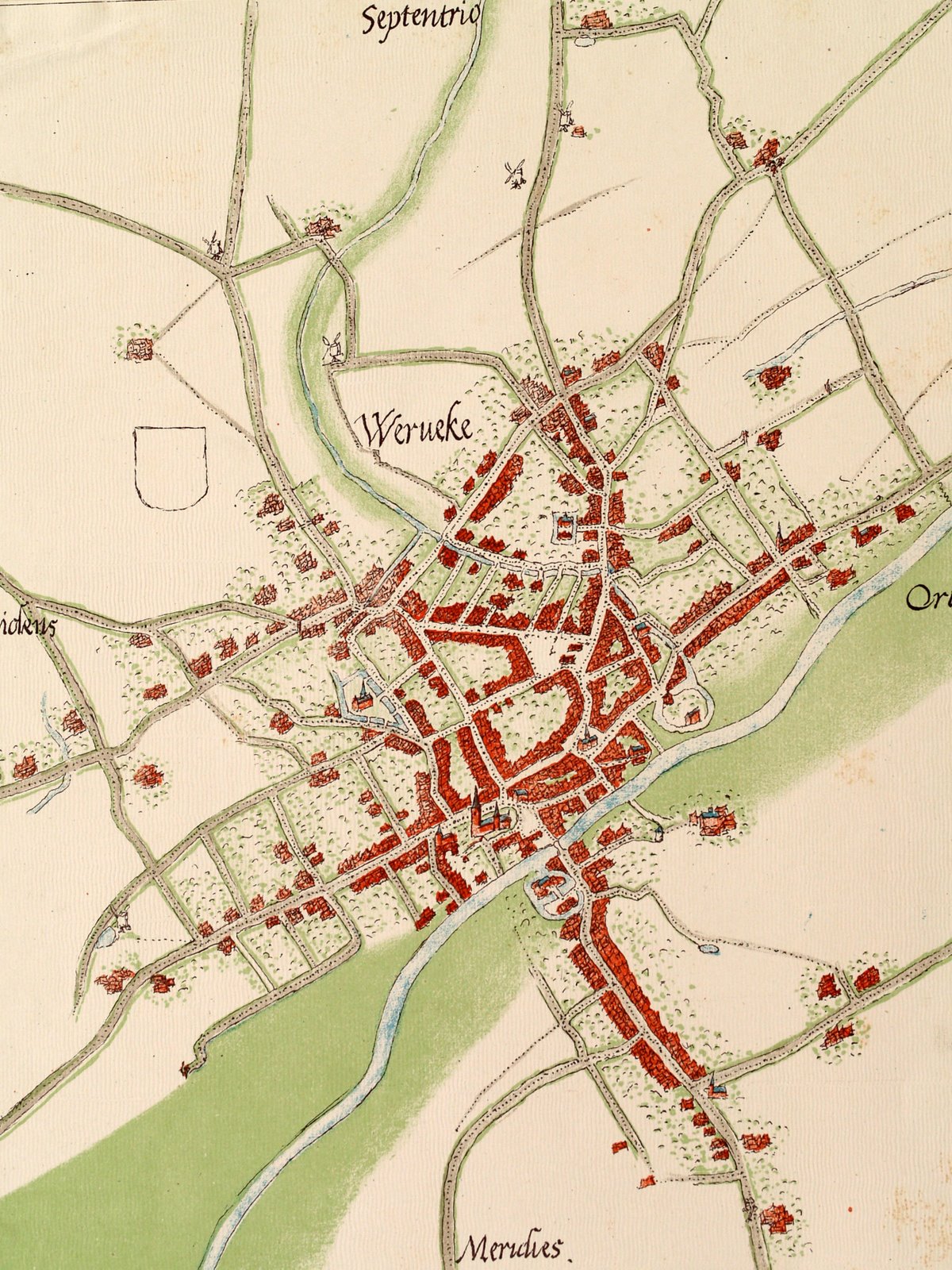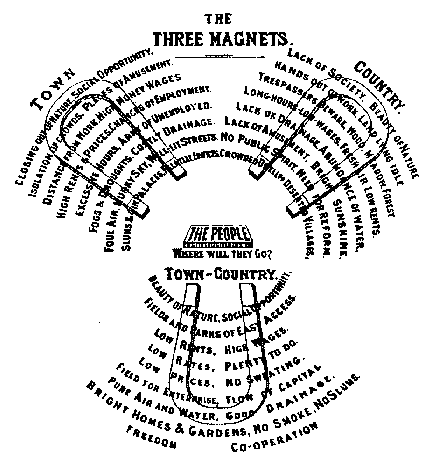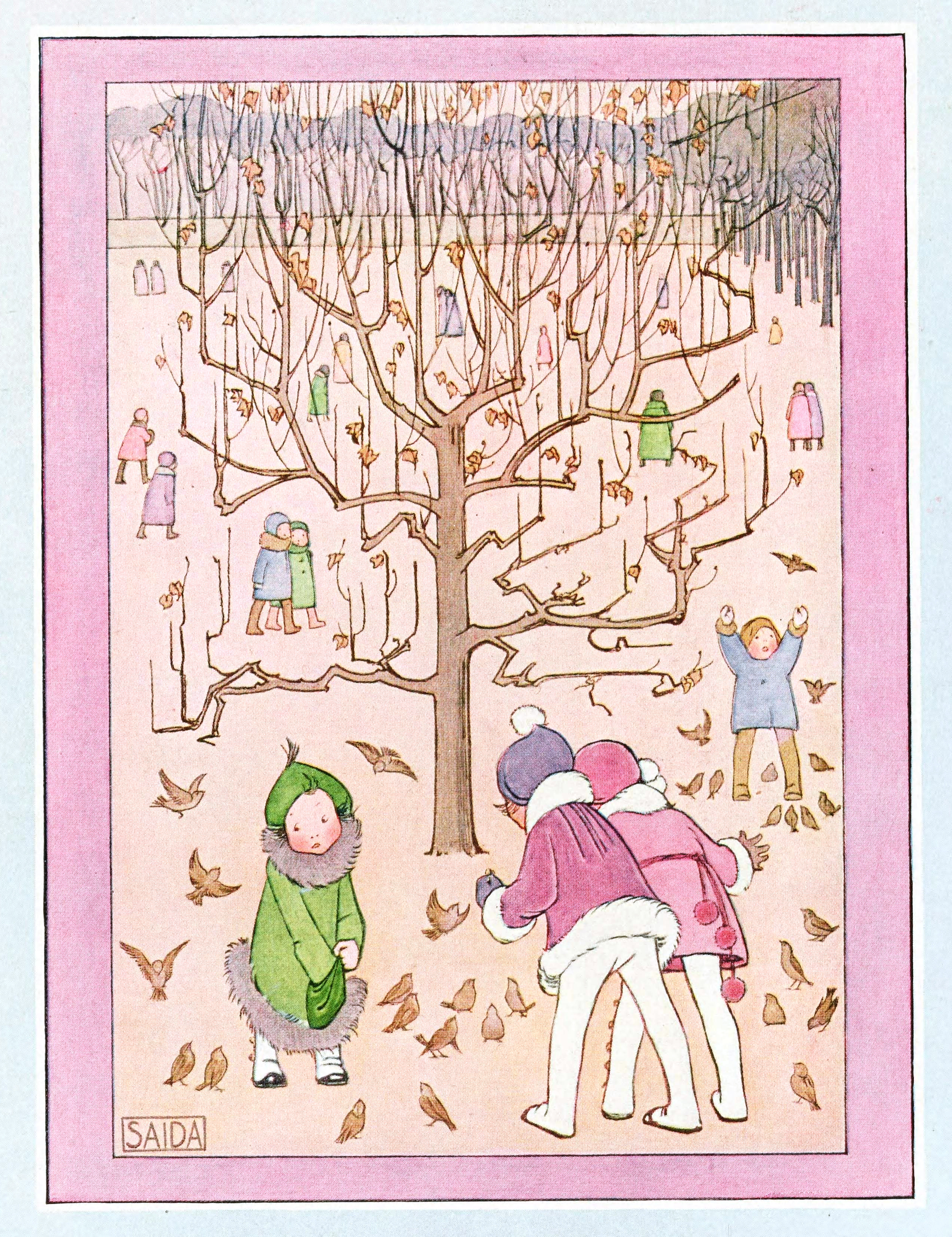|
Huib Hoste
Hubrecht (Huib) Hoste (6 February 1881 – 18 August 1957) was a Belgian architect, designer and urban planner. He is considered the pioneer of modern architecture in Belgium. Life Huib Hoste was born in Bruges on 6 February 1881. His birth was registered in French by his father Leon with the name of Hubert Léon Bruno Jean Marie Hoste. Hoste grew up in a French-speaking traditionalist Catholic family from Bruges. He graduated from Ghent University. After his studies, he worked in the office of his teacher Charles De Wulf (1862–1904) but took lessons in Ghent as a free apprentice of architect-engineer Louis Cloquet (1849–1920), who also employed him for a while. Works Until the First World War, Hoste lived in Bruges. To earn his living, Hoste was obliged to build in the Gothic Revival style. In total, he realized about thirty projects. From 1911 onwards he underwent the influence of Dutch architecture, especially that of Hendrik Petrus Berlage. He travelled regularly t ... [...More Info...] [...Related Items...] OR: [Wikipedia] [Google] [Baidu] |
Huib Hoste 1925 2024903 Photography ProvidedCHO KU Leuven 9990672790101488
Huib is a Dutch given name. Notable people with this name include: * Huib Bakker (born 1965), Dutch physicist * Huib Drion (1917–2004), Dutch law scholar and judge * Huib Emmer (born 1951), Dutch composer * Huib Luns Huibert Marie Luns (6 June 1881, Paris – 24 February 1942, Amsterdam) was a Dutch painter, sculptor and writer. He also designed book covers, posters and medals. Biography Shortly after his birth, his parents returned to Amsterdam. His intere ... (1881–1942), Dutch painter, sculptor and writer * Huib Ruijgrok (born 1944), Dutch football coach Dutch masculine given names {{given name ... [...More Info...] [...Related Items...] OR: [Wikipedia] [Google] [Baidu] |
Michel De Klerk
Michel de Klerk (24 November 1884, Amsterdam – 24 November 1923, Amsterdam) was a Dutch architect. Born to a Dutch Jews, Jewish family, he was one of the founding architects of the movement Amsterdam School (Expressionist architecture) Early in his career he worked for other architects, including Eduard Cuypers. For a while, he also employed the Indonesian-born Liem Bwan Tjie, who would later become his country's pioneering proponent of the Amsterdam School and modern architecture. Of his many outstanding designs, very few have actually been built. One of his finest completed buildings is 'Het Schip' (The Ship) in the Amsterdam district of Spaarndammerbuurt. Amsterdam West Eigen Haard (Own Hearth), working-class Socialist housing, consisting of three groups of buildings: *(1) Spaarndammerplantsoen, North side (1913–1915) *(2) Spaarndammerplantsoen, South side (1915–1916) *(3) 'Het Schip', Zaanstraat / Oostzaanstraat / Hembrugstraat (1917–1920) Luchtfoto Spaarndamme ... [...More Info...] [...Related Items...] OR: [Wikipedia] [Google] [Baidu] |
Concrete
Concrete is a composite material composed of fine and coarse aggregate bonded together with a fluid cement (cement paste) that hardens (cures) over time. Concrete is the second-most-used substance in the world after water, and is the most widely used building material. Its usage worldwide, ton for ton, is twice that of steel, wood, plastics, and aluminum combined. Globally, the ready-mix concrete industry, the largest segment of the concrete market, is projected to exceed $600 billion in revenue by 2025. This widespread use results in a number of environmental impacts. Most notably, the production process for cement produces large volumes of greenhouse gas emissions, leading to net 8% of global emissions. Other environmental concerns include widespread illegal sand mining, impacts on the surrounding environment such as increased surface runoff or urban heat island effect, and potential public health implications from toxic ingredients. Significant research and development is ... [...More Info...] [...Related Items...] OR: [Wikipedia] [Google] [Baidu] |
Portland Cement
Portland cement is the most common type of cement in general use around the world as a basic ingredient of concrete, mortar, stucco, and non-specialty grout. It was developed from other types of hydraulic lime in England in the early 19th century by Joseph Aspdin, and is usually made from limestone. It is a fine powder, produced by heating limestone and clay minerals in a kiln to form clinker, grinding the clinker, and adding 2 to 3 percent of gypsum. Several types of portland cement are available. The most common, called ordinary portland cement (OPC), is grey, but white Portland cement is also available. Its name is derived from its resemblance to Portland stone which was quarried on the Isle of Portland in Dorset, England. It was named by Joseph Aspdin who obtained a patent for it in 1824. His son William Aspdin is regarded as the inventor of "modern" portland cement due to his developments in the 1840s. The low cost and widespread availability of the limestone, shales ... [...More Info...] [...Related Items...] OR: [Wikipedia] [Google] [Baidu] |
Fly Ash
Fly ash, flue ash, coal ash, or pulverised fuel ash (in the UK) plurale tantum: coal combustion residuals (CCRs)is a coal combustion product that is composed of the particulates (fine particles of burned fuel) that are driven out of coal-fired boilers together with the flue gases. Ash that falls to the bottom of the boiler's combustion chamber (commonly called a firebox) is called bottom ash. In modern coal-fired power plants, fly ash is generally captured by electrostatic precipitators or other particle filtration equipment before the flue gases reach the chimneys. Together with bottom ash removed from the bottom of the boiler, it is known as coal ash. Depending upon the source and composition of the coal being burned, the components of fly ash vary considerably, but all fly ash includes substantial amounts of silicon dioxide (SiO2) (both amorphous and crystalline), aluminium oxide (Al2O3) and calcium oxide (CaO), the main mineral compounds in coal-bearing rock strata. The u ... [...More Info...] [...Related Items...] OR: [Wikipedia] [Google] [Baidu] |
Wervik
Wervik (; french: Wervicq, ; vls, Wervik; la, Viroviacum) is a city and municipality located in the Belgian province of West Flanders. The municipality comprises the city of Wervik and the town of Geluwe. On January 1, 2014, Wervik had a total population of 18,435. The total area is 43.61 km2 which gives a population density of 423 inhabitants per km2. The area is famous for its excellent tobacco and has a tobacco museum. The town is separated from its French counterpart Wervicq-Sud by the river Lys. History Wervik is one of the oldest towns in Belgium. Prehistory Stone Age artefacts, flint axes and spearheads, were found in the district of ''Bas-Flanders'' and the site ''Oosthove''. The archeological excavations at ''de Pioneer'' in 2009 yielded traces of inhabitation from the Iron Age to the Roman Period. Roman period Wervik was probably a settlement of the Menapians led by the chief Virovos, at a small height along the banks of the Lys (current Island Balokken). Thi ... [...More Info...] [...Related Items...] OR: [Wikipedia] [Google] [Baidu] |
Knokke
Knokke () is a town in the municipality of Knokke-Heist, which is located in the province of West Flanders in Flanders, Belgium. The town itself has 15,708 inhabitants (2007), while the municipality of Knokke-Heist has 33,818 inhabitants (2009). Knokke is the most north-eastern seaside resort on the Belgian coast. It lies adjacent to the Dutch border; separated from the Dutch territory by the Zwin nature reserve. Knokke came into existence as a result of the construction of dikes that were to protect the area around the 'Zwin' sea-arm. Originally a vacation haven for the city folk of Brussels in the early 19th century, artists such as James Ensor, Alfred Verwee and others started to frequent the small hamlet to paint its beautiful vistas. The artists rented a small miller's cottage and founded the ''Cercle des Artistes'' in 1880. It gradually became a resort town with upscale clientele, restaurants and shops. St. George's Anglican Church serves the English-speaking community. No ... [...More Info...] [...Related Items...] OR: [Wikipedia] [Google] [Baidu] |
Woluwe-Saint-Lambert
Woluwe-Saint-Lambert () or Sint-Lambrechts-Woluwe (Dutch, ) is one of the nineteen municipalities in the Brussels-Capital Region of Belgium. It is a prosperous residential area, with a mixture of flats and detached, semi-detached and terraced houses, often compared to Uccle, another affluent Brussels municipality, as well as the 14th or 17th arrondissement in Paris. In common with all of Brussels' municipalities, it is legally bilingual (French–Dutch). In French it is often spelt ''Woluwé-Saint-Lambert'' with an acute accent on the first 'e' to reflect the Frenchified pronunciation of what was originally a Dutch place name, but the official spelling is without an accent. The neighbouring municipality of Woluwe-Saint-Pierre also lies within the Brussels-Capital Region, while the former municipality of Sint-Stevens-Woluwe (Woluwe-Saint-Etienne in French) has been merged with three other municipalities (Zaventem, Nossegem and Sterrebeek) to form the municipality of Zaventem, ... [...More Info...] [...Related Items...] OR: [Wikipedia] [Google] [Baidu] |
Garden City Movement
The garden city movement was a 20th century urban planning movement promoting satellite communities surrounding the central city and separated with greenbelts. These Garden Cities would contain proportionate areas of residences, industry, and agriculture. Ebenezer Howard first posited the idea in 1898 as a way to capture the primary benefits of the countryside and the city while avoiding the disadvantages presented by both. In the early 20th century, Letchworth, Brentham Garden Suburb and Welwyn Garden City were built in or near London according to Howard's concept and many other garden cities inspired by his model have since been built all over the world. History Conception Inspired by the utopian novel ''Looking Backward'' and Henry George's work ''Progress and Poverty'', Howard published the book '': a Peaceful Path to Real Reform'' in 1898 (which was reissued in 1902 as ''Garden Cities of To-morrow''). His idealised garden city would house 32,000 people on a site of , pl ... [...More Info...] [...Related Items...] OR: [Wikipedia] [Google] [Baidu] |
Jules Fonteyne
Jules is the French form of the Latin "Julius" (e.g. Jules César, the French name for Julius Caesar). It is the given name of: People with the name * Jules Aarons (1921–2008), American space physicist and photographer *Jules Abadie (1876–1953), French politician and surgeon *Jules Accorsi (born 1937), French football player and manager *Jules Adenis (1823–1900), French playwright and opera librettist *Jules Adler 1865–1952), French painter *Jules Asner (born 1968), American television personality *Jules Aimé Battandier (1848–1922), French botanist * Jules Bernard (born 2000), American basketball player * Jules Bianchi (1989–2015), French Formula One driver * Jules Breton (1827–1906), French Realist painter *Jules-André Brillant (1888–1973), Canadian entrepreneur * Jules Brunet (1838–1911), French Army general * Jules Charles-Roux (1841–1918), French businessman and politician * Jules Dewaquez (1899–1971), French footballer * Jules Marie Alphonse Jacques ... [...More Info...] [...Related Items...] OR: [Wikipedia] [Google] [Baidu] |
Zwart Huis -Huib Hoste, Beeldbepalend Hoekhuis, Kunstgalerie, Dumortierlaan 8, Knokke
Zwart is a Dutch surname meaning "black". It may refer to: * Adrianus Zwart (1903–1981), Dutch artist * Harald Zwart (born 1965), Dutch-Norwegian film director * (1877–1937), Dutch organist * (1924–2012), Dutch geologist and petrographer *Jeff Zwart Jeffrey "Jeff" R. Zwart (born 24 May 1955) is an American commercial film director, racer, photographer, cameraman and author for Porsche, BMW, Cadillac, General Motors, Hyundai, Ford and more. Life and career Zwart was born in Long Beac ... (born 1955), American commercial film director * Piet Zwart (1885–1977), Dutch photographer, typographer, and industrial designer * Tamara Zwart (born 1975), Dutch synchronized swimmer * (1925–1997), Dutch organist See also * De Zwart * Swart * Zwarts {{surname Dutch-language surnames ... [...More Info...] [...Related Items...] OR: [Wikipedia] [Google] [Baidu] |
Henriette Willebeek Le Mair
Henriette Willebeek LeMair (April 23, 1889 in Rotterdam – March 15, 1966) was a Dutch illustrator of children's books. Career The French illustrator Louis-Maurice Boutet de Monvel was an important influence on Le Mair's artistic development. When she was 15, her parents took her to visit him in Paris for advice, and she returned annually for further mentoring. As a result of his advice, she studied at the Rotterdam Academy of Art from 1909 to 1911 as well as taking private drawing lessons. She first published illustrations in 1904, and a year later collaborated with her mother on a series of three books. As an illustrator, her most productive years were between 1911 and 1917. Her images appeared on postcards and children’s china as well as in books. Le Mair worked in watercolor, a medium that showcased her delicate, detailed drawings with their muted flat color washes. She often used decorative cartouches shaped as ovals or rounded rectangles to set off her illustrations. ... [...More Info...] [...Related Items...] OR: [Wikipedia] [Google] [Baidu] |






.jpg)

